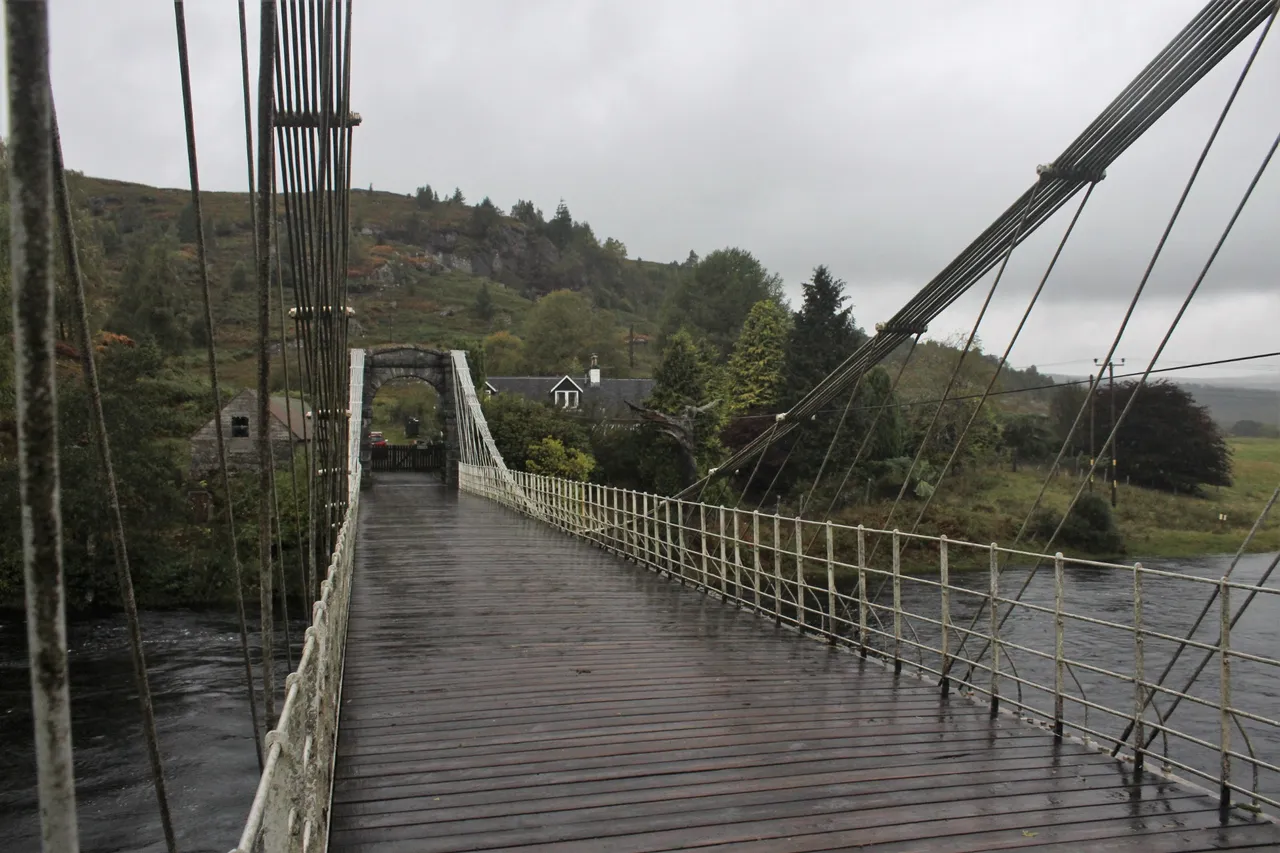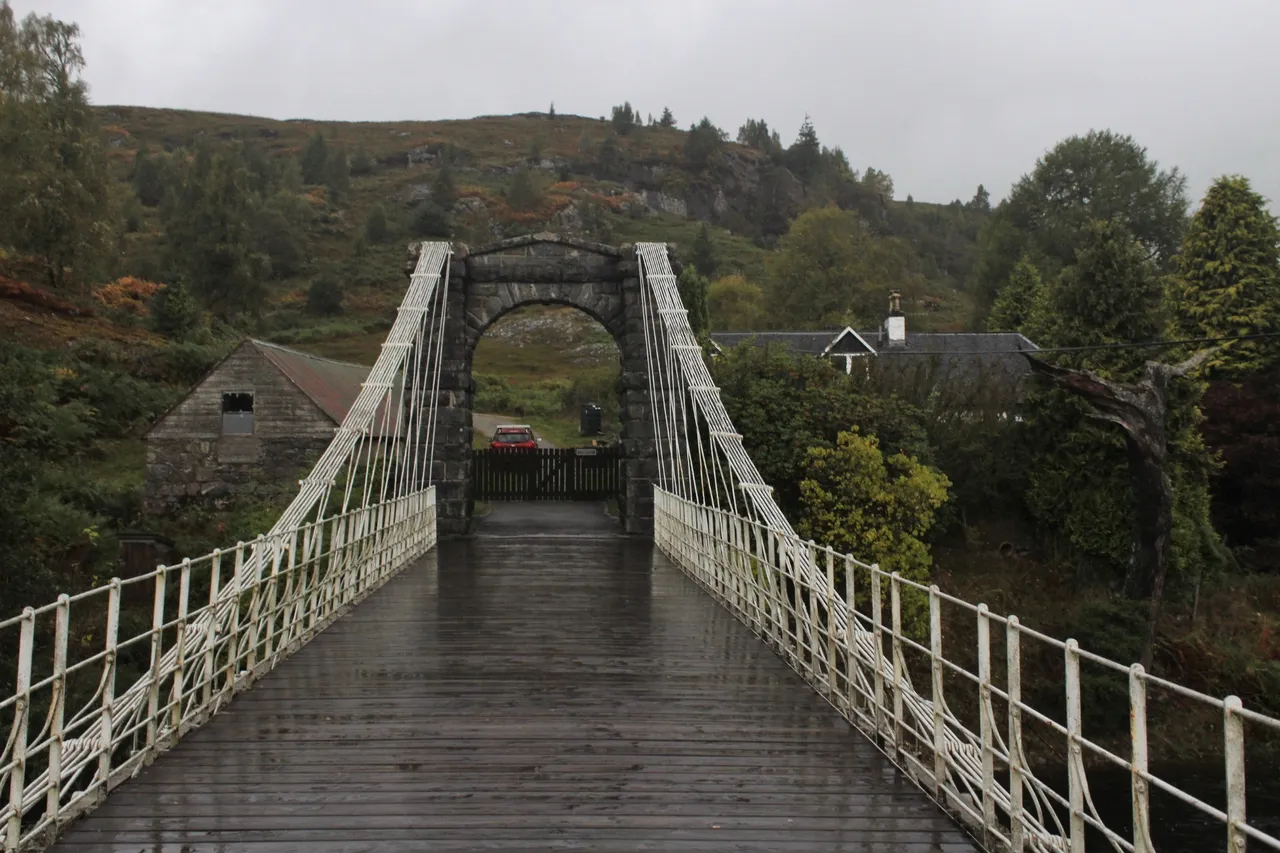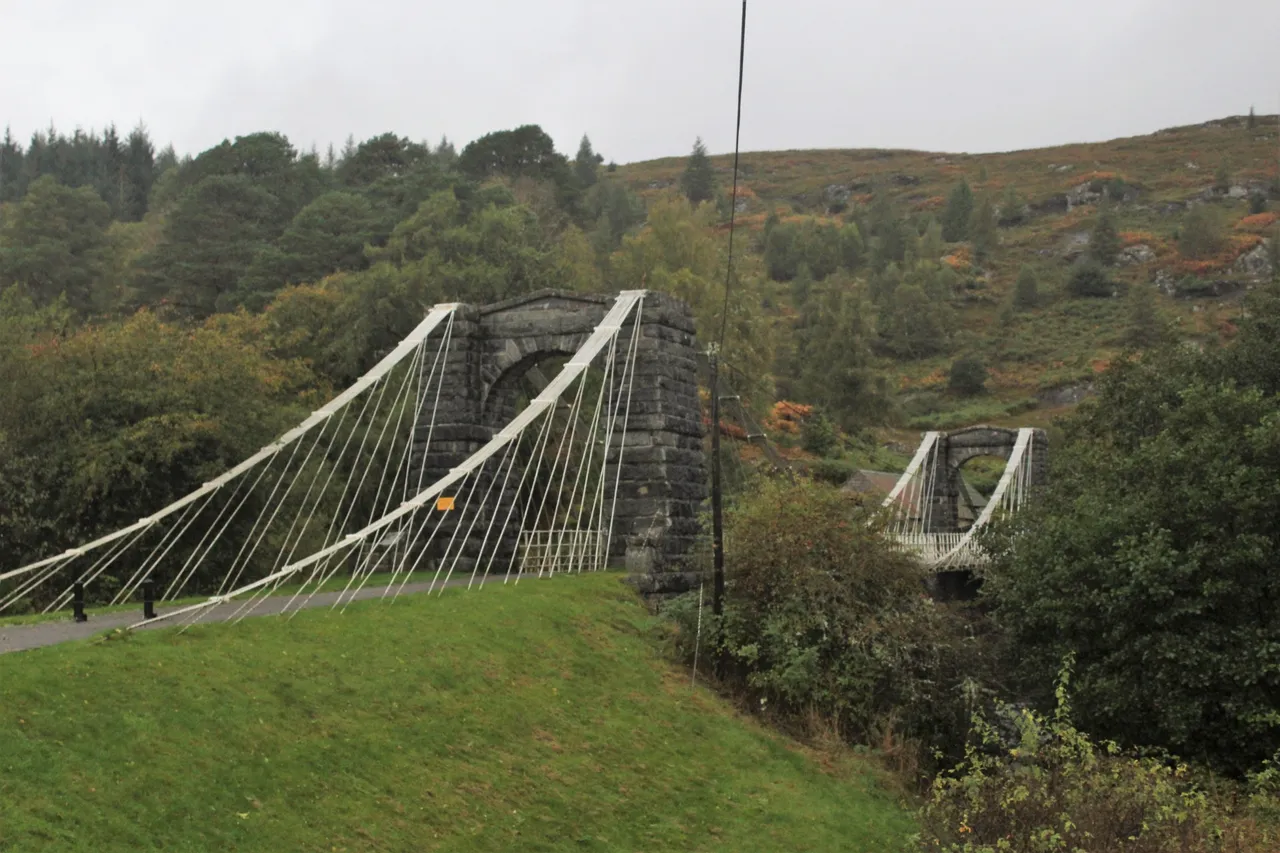
[ENG]
Great Britain is full of monuments from the period of the industrial revolution. Historic old manufactories and pioneering infrastructural constructions, such as the first railway lines, dams, canals, locks, tunnels, or my favorite bridges, are found almost everywhere. During our stay in Scotland, we also came across several pioneering engineering objects. The first attraction visited in Scotland was the giant Firth of Forth steel railway bridge. Later we came across smaller, not very interesting in terms of construction, but located in an extremely picturesque place bridges: Glen Ogle Viaduct, Glenfinnan Viaduct and Sligachan Old Bridge.
[PL]
W Wielkiej Brytanii aż roi się od zabytków z okresu rewolucji przemysłowej. Zabytkowe stare manufaktury, oraz pionierskie infrastrukturalne obiekty budowlane takie jak pierwsze linie kolejowe, zapory, kanały, śluzy, tunele, czy moje ulubione mosty, spotykane są niemal na każdym kroku. My podczas naszego pobytu w Szkocji chcąc nie chcąc również natrafiliśmy na kilka pionierskich obiektów inżynieryjnych. Pierwszą atrakcją odwiedzoną w Szkocji był gigantyczny kolejowy stalowy most Firth of Forth. Później trafiliśmy na mniejsze, niezbyt ciekawe pod względem konstrukcji, ale za to położone w niesłychanie malowniczym miejscu mosty: Glen Ogle Viaduct, Glenfinnan Viaduct i Sligachan Old Bridge.
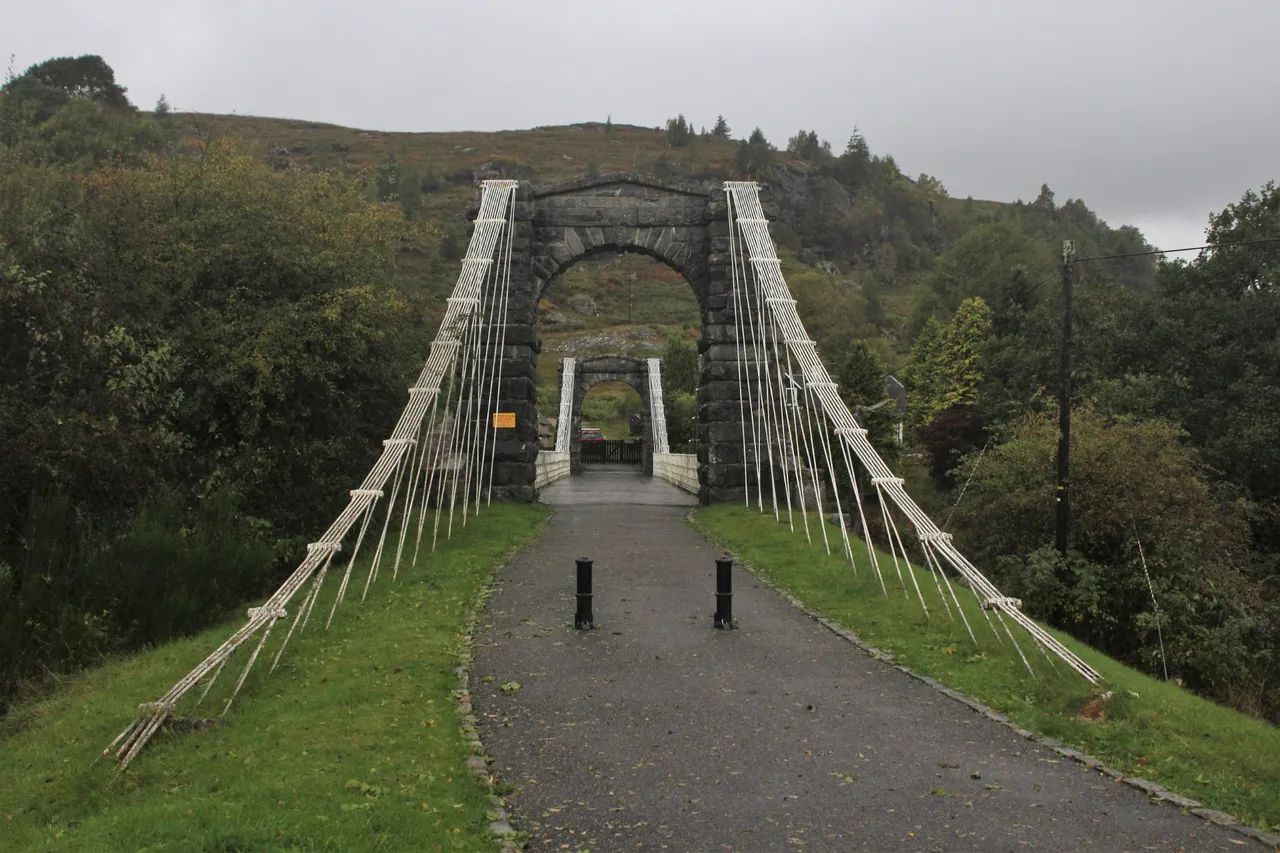
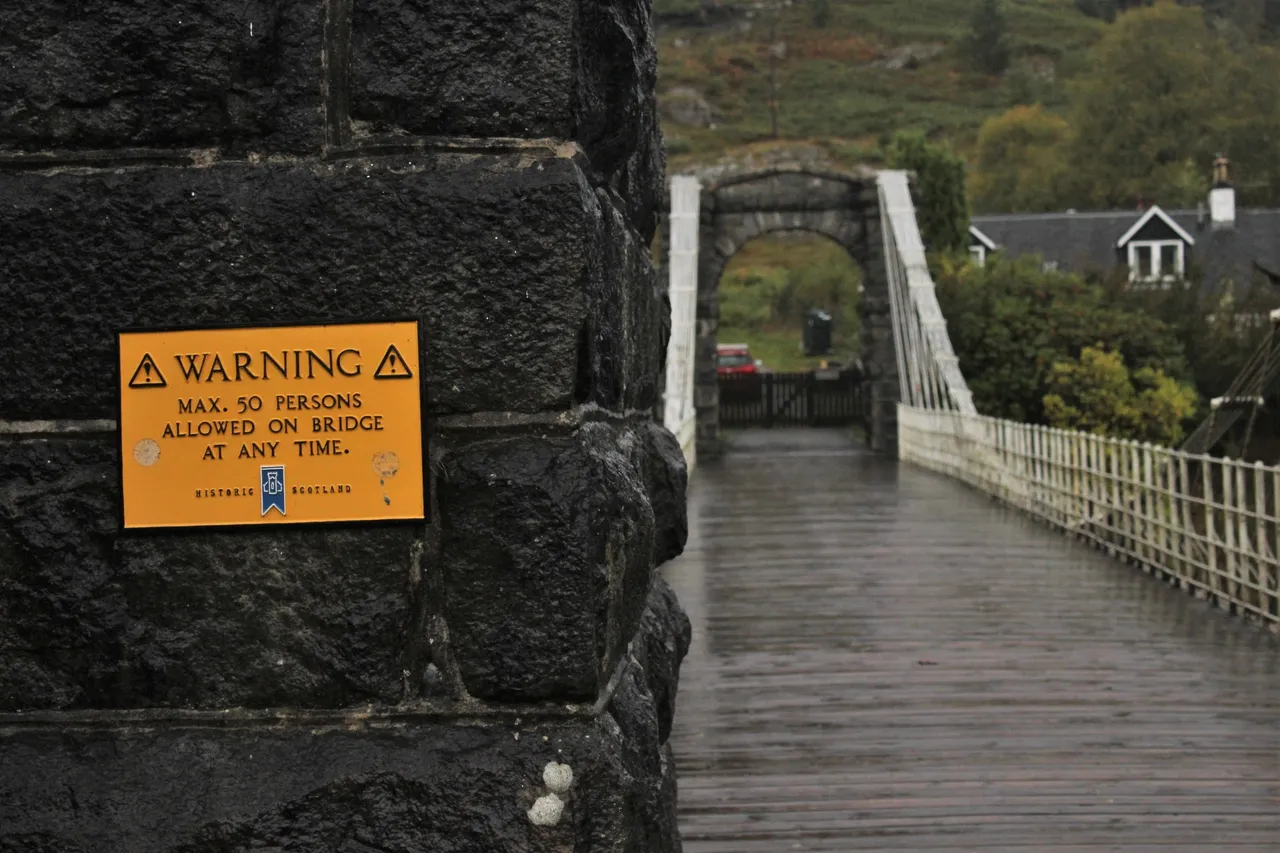
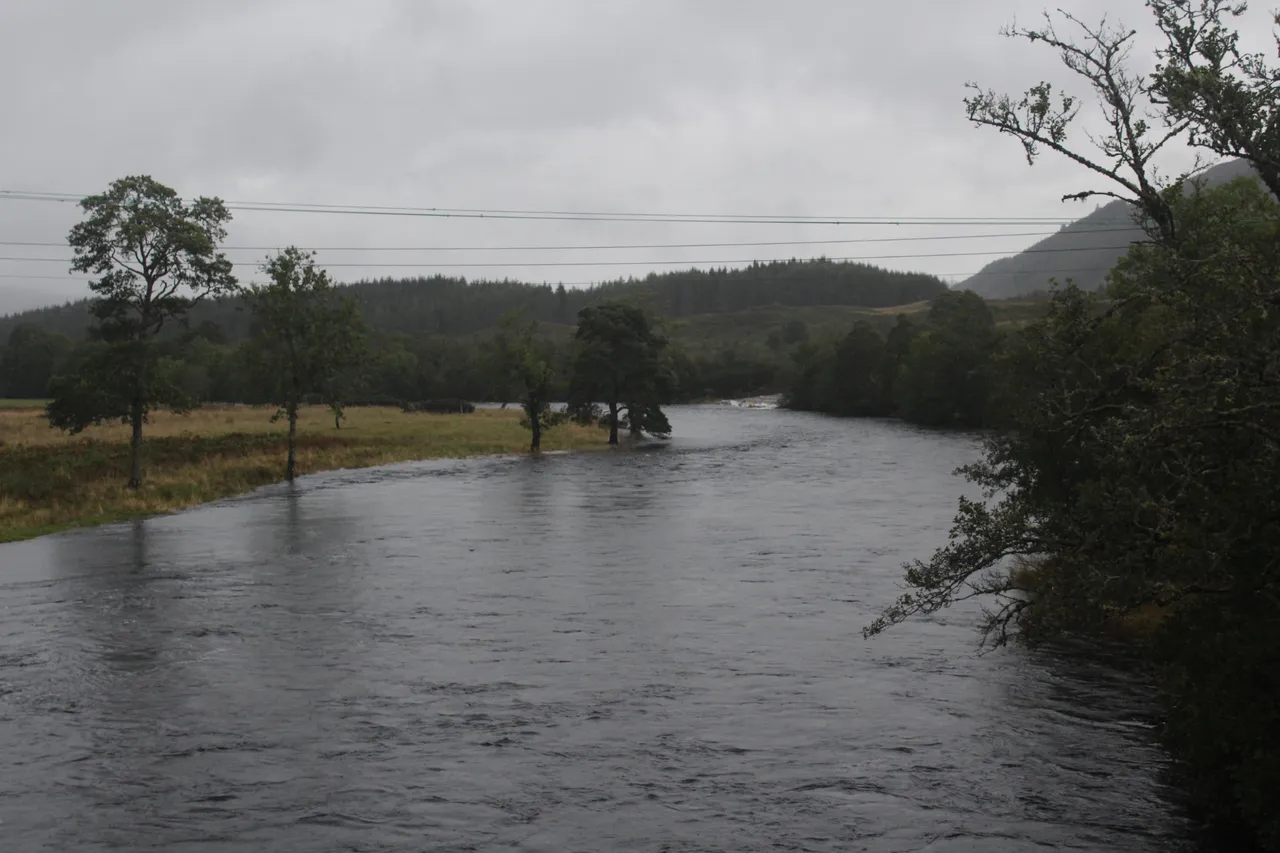
[ENG]
Returning from the Scottish highlands to the capital of the region, on the road between Loch Ness and Loch Oich, suddenly from the car I saw a very interesting bridge standing right next to the road. It turned out that the 46-metre-long steel Bridge of Oich was built in 1854, five years after a flood destroyed the old stone bridge that had previously existed. From that time until 1932, i.e. until the opening of the adjacent larger bridge made of concrete, it connected both banks of the Oich River. Since the closure of the facility in 1932, the bridge began to fall into disrepair until 1997, when it was entered on the list of monuments. At that time, the building was renovated and now it serves as a public footbridge.
The bridge was designed by the English brewer James Dredg, who decided to change his trade and instead of connecting people by producing a bright yellow beer drink that brings people together, he decided to start designing bridges that also connect people separated by water terrain obstacles. In this facility, he used an innovative solution in the form of a double cantilever. It consists in the fact that the bridge can be successfully divided into two parts: the left-bank part and the right-bank part, which could successfully function as two independent stable structures. Between the arched granite pylons, steel cables are stretched, giving the structure a classic hanging appearance.
In my opinion, it is a very elegant engineering structure and it was entered on the list of monuments for a reason. Unfortunately, my assessment was not shared by Agatka, who considered visiting this bridge a whim and did not even get out of the car. Well, everyone likes something different. It is also worth mentioning that this brewer turned engineer designed 30 bridges in the British Isles, only 7 of which have survived to this day.
[PL]
Wracając z szkockiego highlands do stolicy regionu będąc na drodze pomiędzy jeziorami Loch Ness a Loch Oich nagle z auta zobaczyłem bardzo ciekawy most stojący tuż obok drogi. Okazało się, mający rozpiętości 46 metrów stalowy most Bridge of Oich został zbudowany w roku 1854, pięć lat po powodzi, która zniszczyła istniejący wcześniej stary kamienny most. Od tego czasu aż do roku 1932 czyli do momentu otwarcia sąsiedniego większego mostu zrobionego z betonu, łączył oba brzegi rzeki Oich. Od chwili zamknięcia obiektu w roku 1932 roku most zaczął popadać w ruinę, aż do roku 1997 kiedy to został wpisany na listę zabytków. Wówczas obiekt wyremontowano i teraz pełni on funkcję publicznie dostępnej kładki dla pieszych.
Most został zaprojektowany przez angielskiego piwowara James Dredg, który postanowił się przebranżowić i zamiast łączyć ludzi poprzez produkcję jasno żółtego piwnego trunku, którego picie zbliża ludzi, postanowił zacząć projektować mosty, które również łączą ludzi oddzielonych od siebie wodnymi przeszkodami terenowymi. W tym obiekcie zastosował innowacyjne rozwiązanie w postaci z podwójnego wspornika. Polega to na tym, że most z powodzeniem można podzielić na dwie części: część lewobrzeżna i część prawobrzeżną, które z powodzeniem mógłby funkcjonować jako dwie niezależne stabilne konstrukcje. Pomiędzy łukowatymi granitowymi pylonami rozciągnięte są stalowe liny nadające konstrukcji wygląd klasycznego wiszącego.
W mojej ocenie jest to bardzo elegancka konstrukcja inżynierska i nie bez powodu została wpisana na listę zabytków. Niestety mojej oceny nie podzieliła Agatka, która uznała za zwiedzanie tego mostu za fanaberie i nawet nie wysiadła z samochodu. No cóż każdy lubi cos innego. Warto wspomnieć jeszcze, że ów piwowar który został inżynierem, na Wyspach Brytyjskich zaprojektował 30 mostów, z których tylko 7 przetrwało do dzisiaj.
